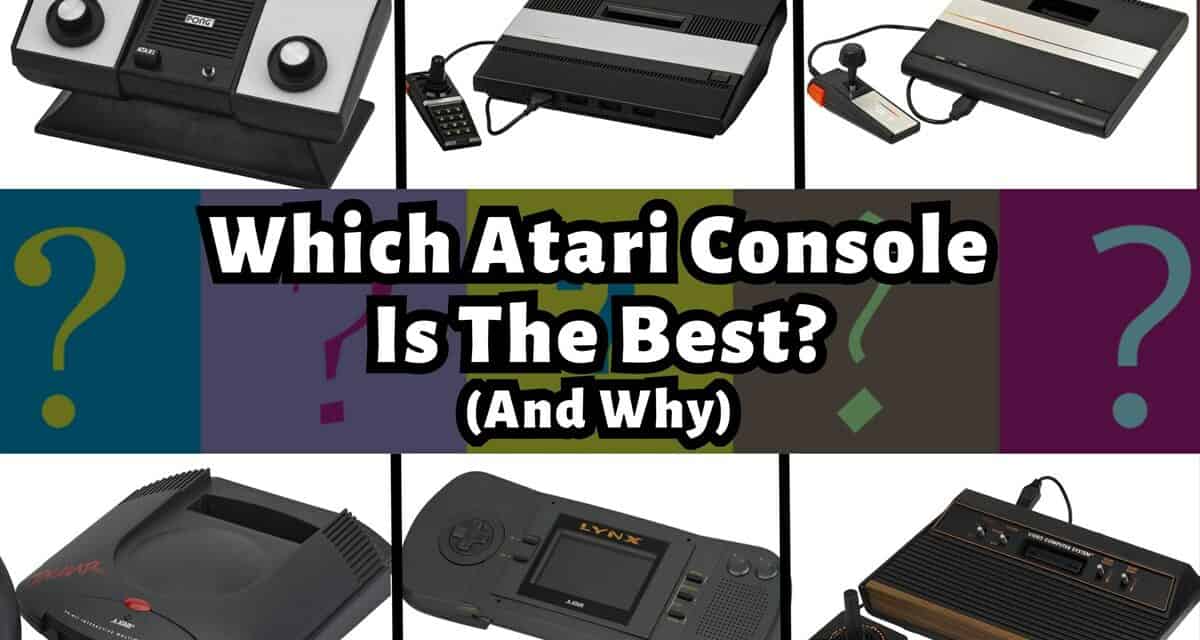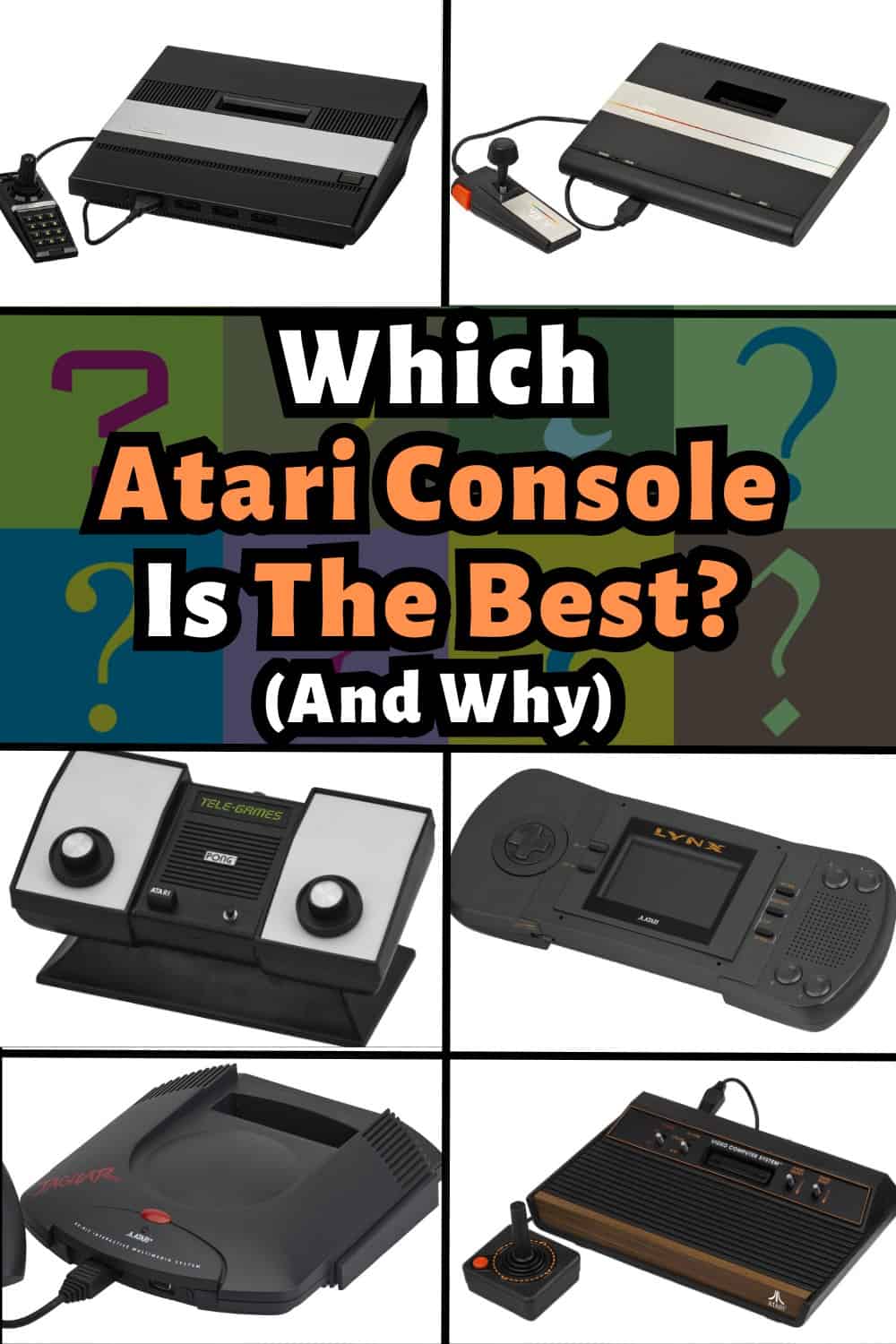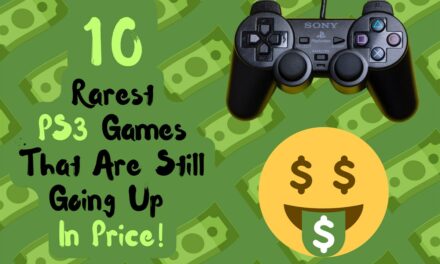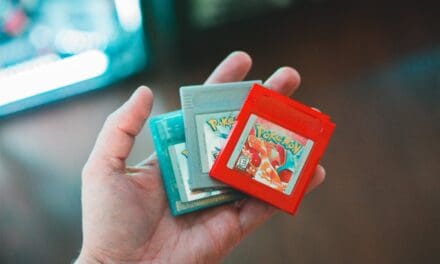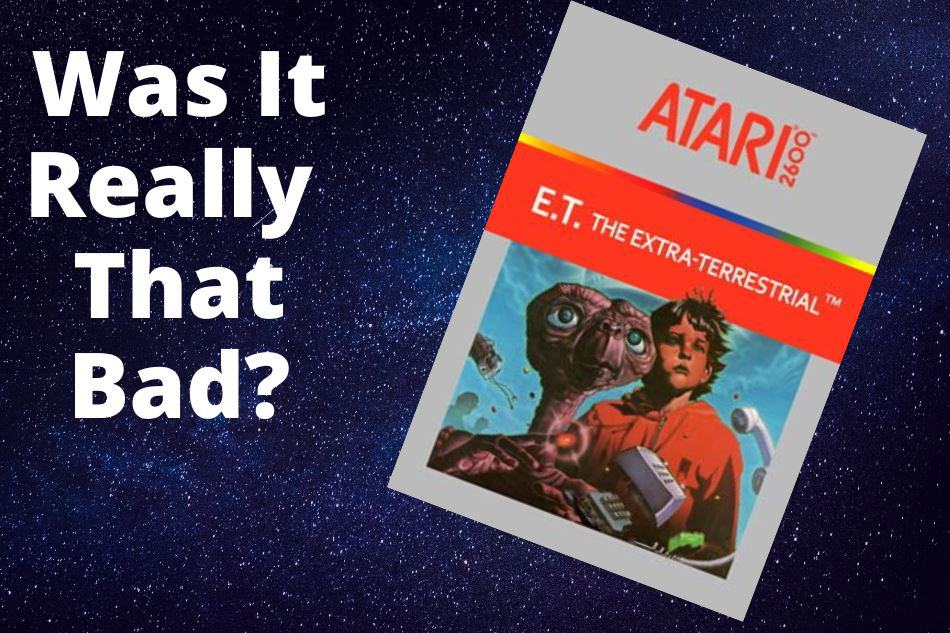If a console’s quality is measured by the quality of its games (by the time of its release), then is safe to say that the Atari VCS, or 2600 as it came to be known later, is the best thing the American Video Game company made before the Jaguar flopped and they stopped focusing on home consoles altogether.
As you may know, Atari first entered the home market with dedicated PONG consoles, had a handheld device (the Lynx) made to compete with the GameBoy, and also made Home Computers like the Atari 400 and 800
But for the sake of this article, we are going to limit our discussion to their dedicated video game consoles with interchangeable game cartridges.
Was the Atari 2600 the best one?
Let’s take a look at it and the other consoles that Atari made afterward, and see why they failed to capture the consumer’s interest like the 2600 did back in the day, and why only hardcore retro game collectors are interested in them nowadays.
Comparing Atari Home Gaming Consoles
Atari 2600
The Atari Video Computer System was released in September of 1977. It was bundled with two joystick controllers, and a pair of paddle controllers, which had a rotating knob to more accurately control elements on screen such as the paddle in BreakOut or emulate a driving wheel in racing titles.
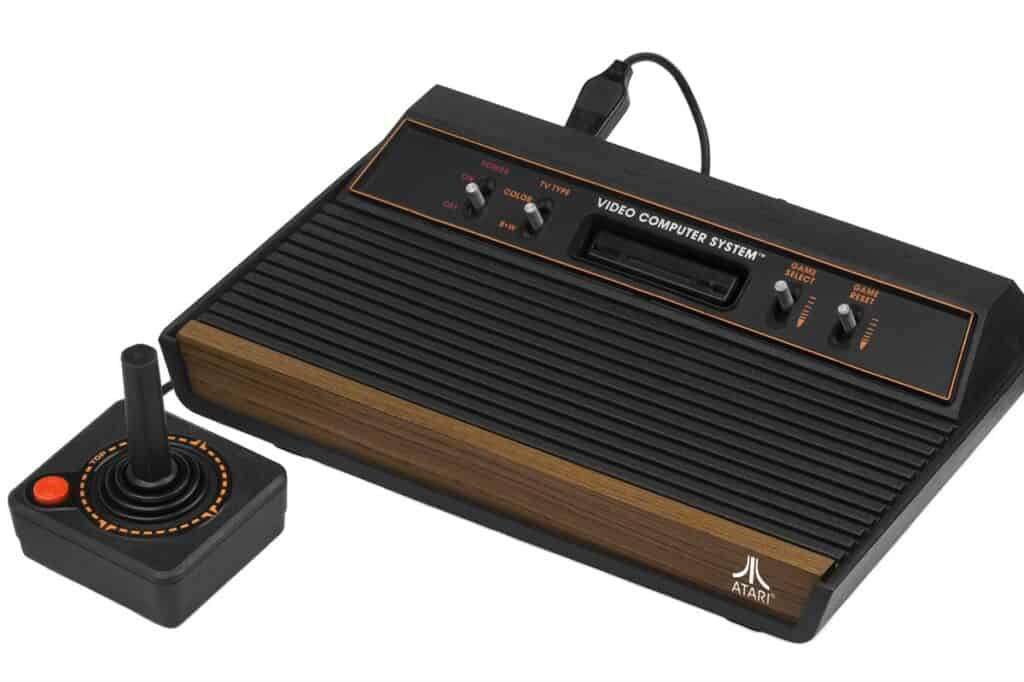
It had ports of arcade hits from the “golden era” such as Space Invaders and Pac-Man, and original games created specifically for the hardware such as Atari’s own Adventure, as well as 3rd Party classics such as Pitfall! and H.E.R.O. by Activision.
The system enjoyed a lot of success in its life cycle, and while the quality of its game releases started to wave by 1982, clone consoles and collections of its best games for modern consoles have been released and re-released consistently from the 90s to this day.
The games are still as fun to play as when they were released, and the 2600’s biggest hits are timeless legendary classics.
Atari 5200
The Atari 5200 SuperSystem launched in November of 1982, and it had a couple of big flaws that made it miss its sales targets. It only sold a little over a million consoles, which is a long shot from the 2600 total 30 million units sold.
For starters, its controller is a numeric pad with a stick that doesn’t center itself when you let it go, and they tend to break easily so it becomes pretty much unplayable.
The console itself is huge, and not something you would place over your TV like you would an NES. But what really killed it, was its lack of games, since it wasn’t compatible with Atari 2600 huge library.
It came with Super BreakOut packed-in which was already available for previous Atari systems, and by the time of its release, the ColecoVision had better-looking graphics that captured the attention of gamers.
Very few retro gamers even try getting a 5200 and start collecting games, since it’s a very forgettable piece of Atari’s History.
Atari 7800
The Atari 7800 ProSystem did have much better graphics than the previous consoles, but the sound was horrible, and most of its games were ports of Arcade games that came out in the early 80s.
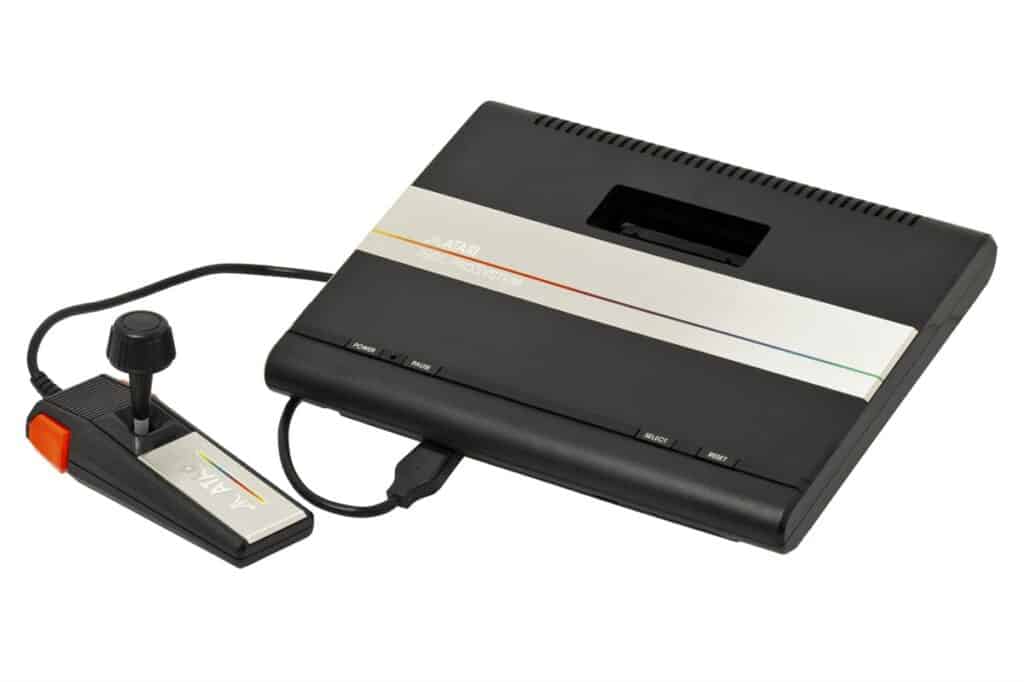
One of its main problems when it hit the market, was that it intended to launch in June of 1984, but was available to the public until 2 years later.
It was intended to compete with the ColecoVision that had very good graphics and audio for its time but instead went into a Console War with the Nintendo Entertainment System, which featured a lot of popular games made by Nintendo themselves and 3rd Party support.
With backward compatibility, this console was able to play 2600 games as well, but it only had a handful of dedicated games made specifically for its hardware. With only 59 official releases, it couldn’t compete with the Sega Master System, and much less against the NES which had hundreds of games.
Atari XE Video Game System
While for this list we’re not counting the Atari 8-Bit home computers, the Atari XEGS was a redesign of the Atari 65XE home computer but sold as a videogame system meant to compete with the consoles of the late 80s.
It could run the software created for the Atari 400 and 800 PCs if you had the keyboard, and many of its games were old Atari 8-Bit computer titles just with a sticker in the packaging saying that they were compatible with the XEGS.
Its joystick was the same design as the one used in the original Atari 2600, and by then just one button for actions was too restrictive for the type of games that were coming out.
It had a lightgun peripheral and could be used with a keyboard to make the owners more familiar with PCs.
With only 32 games officially released for this console, and none of them a super hit like Super Mario Bros. or other NES classics, it was certainly a good idea to introduce people to home computers, but those that already owned an Atari 8-Bit PC, would rather play the old software there than to buy an XEGS.
Atari Jaguar
The “64-bit” Atari Jaguar came a little late to the console war party where Nintendo and Sega since it was meant to compete with those and the 32-Bits 3DO. It was a difficult hardware to develop games for, and it didn’t get much 3rd Party support.

It only had a 50 game library and still used cartridges for its games, which by the time the PlayStation came out a year later, it meant the Jaguar became pretty much obsolete, and while it had a couple of good games such as Alien vs Predator, Zool 2 and a port of Doom, they were not worth the purchase of a new console.
It later got a CD Add-On with a dozen games released for it, but was a failure as well with around only 150,000 units sold, it wasn’t going to get that much support from Atari.
Not really a piece collectors seek aggressively nowadays.
Which Atari Console Is The Best?
The Atari 2600 is the best Atari console made. It was the perfect dedicated home gaming console of its era. The system came out just at the right time, at the right price, with the perfect hardware specifications for its time, and received a big enough library of original games and arcade ports to become a sought-after item every kid would want under the tree on Christmas.
Its joystick, the CX40, became an icon of video games and those that owned one remember it fondly.
Even today it has a big community of nostalgic collectors and amateur developers creating homebrews, and its legacy cannot be underestimated, since it’s thanks to this console that home game systems became mainstream.
All of its successors failed to capture the attention of consumers, be it because of the lack of quality and quantity of its software, or that they had good ideas that were poorly implemented (or implemented too late)
No other Atari console comes close to what the 2600 represents for gamers, and even those who never owned one can still had fun with all the re-releases of its best titles since they are timeless classics still worth playing to this day, which can’t really be said about the other Atari consoles.
